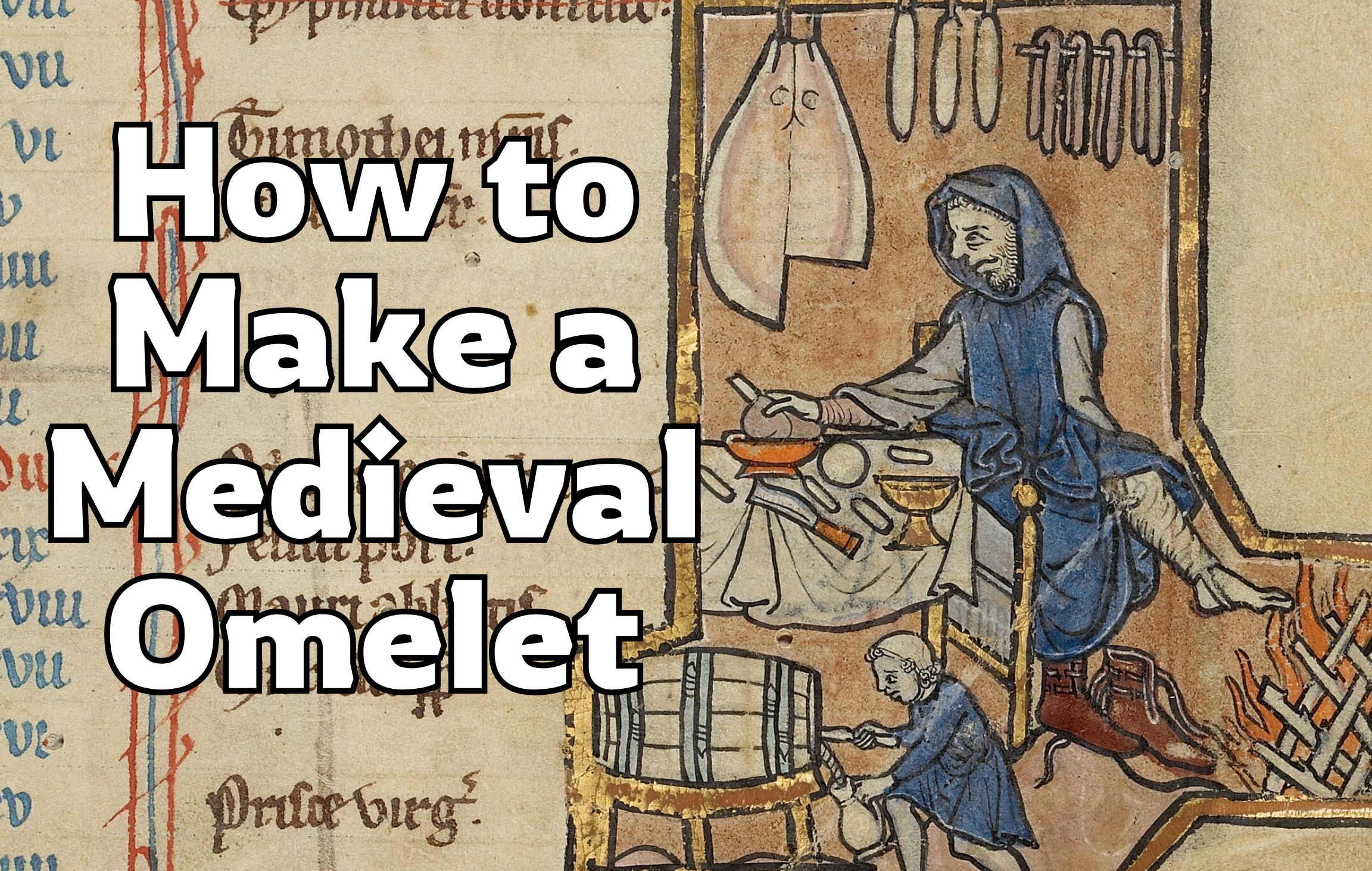
"Take meat, pound it, boil it, then pound it again and fry it in fat. Finely chop Macedonian parsley and put it, along with the meat, in a bowl. Break the eggs on them, add hot spices, cilantro, coriander, pounded bread and Ceylon cinnamon. Fry it in a frying pan in olive oil and sesame oil. The frying pan used should be round, with high sides and a long handle like that of a ladle."
"Treasure Trove of Benefits and Variety at the Table ( Kanz al-fawāʾid fī tanwīʿ al-mawāʾid) offers more than 820 recipes. Nawal Nasrallah, who translated the book, calls it "a practical culinary document," which would have been used by household cooks and chefs. The individual recipes are often short, with the anonymous author assuming the reader already has some knowledge about cooking and ingredients. The author often notes at the end of these recipes how "delicious" they are."
More than 820 medieval Egyptian recipes reflect a substantial repertoire for household cooks and professional chefs. Instructions are concise and assume practical familiarity with ingredients and methods. Egg preparations include an omelet made by pounding, boiling, re-pounding and frying meat, then combining it with finely chopped Macedonian parsley, eggs, hot spices (likely black pepper and ginger), cilantro, coriander, pounded bread and Ceylon cinnamon. The mixture is fried in olive and sesame oil in a round, high-sided pan over low charcoal heat, using five eggs per omelet and repeated flipping until the surface no longer appears wet. Multiple variations include fava beans and truffles.
Read at Medievalists.net
Unable to calculate read time
Collection
[
|
...
]